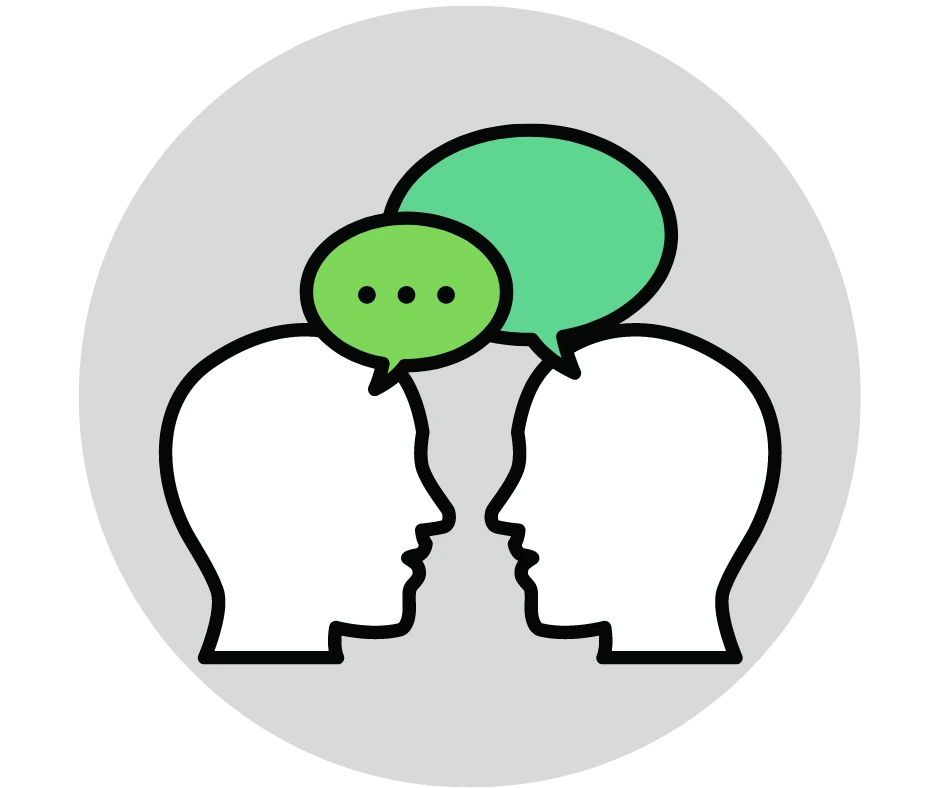The Best Ways to Attract New Donors

Understand the donors
The best way to raise money is to make sure you know what motivates your donors. And one of the best ways to do that is by collecting data about your supporters. If you want to build a successful nonprofit organization, it pays to understand your donors better.Collecting Information About Your Donors
A few simple questions can go a long way toward getting a better understanding of your donors.
Track Giving & Volunteering History
After you've gathered enough information, it's time for analysis. Look for trends among your donors. Are they young or old? Male or female? Married or single? Do they live near your offices or far away? Do they work full-time or part-time? Are they college graduates?
Communicate effectively

When it comes to donor communications, there are many ways to reach out to people. You can send letters via postcard, email, or even text message. But one thing most organizations don't consider is segmenting your list based on interest and preference, this is why understanding your donors is so important. This way, you can ensure your messages are targeted to those who matter most. For example, you could send different types of emails to donors who give $5,000 versus $10,000. Or you could tailor your appeal to match the type of donation someone makes.
Ask For What You Want
If you want something done, make sure that you’re clear about what you want. Do not be scared about asking for donations. When asking for donations, try saying things like, “I’m looking for X amount of dollars per month to cover my expenses.” Explain what you will do with the donation and how it will help. This will come easy; you are supporting the charity you believe in. Stay sincere, it will leave a positive impression on your potential donors about both you and your charity.Stay in Contact
Once someone donates to your cause, they should receive an e-mail that contains their receipt and personalized thank you message. Within this email, you can include a link to update your mailing list. If you want to keep people updated, consider asking them to sign up for your newsletter about upcoming fundraising events, both virtual events and in person. This will help build donor relationships.Share Progress on Social Media
Continuing to stay connected to potential and current donors, keep them in the know. Take a screenshot of the progress you're making toward your fundraising goal or create a post to show how your fundraising efforts are paying off and upload it to social media like Facebook, Twitter, Instagram, etc., to let your donor pool know what you are doing and why you are doing it. You'll want to include a link to your donation page, too. This way, people can go directly to your page to make a contribution.Personalized thank you notes
Donors are often surprised by how much thought goes into personalizing a thank you note. You don't want to send generic emails that sound like everyone else. Instead, use your donor's name to show that you're speaking directly to them. Include something special about them — maybe it's a birthday or anniversary. Or tell them that you've been thinking of them lately because of their generosity. This makes them feel special and encourages them to give again.Website

Donors want to know what you stand for. They want to learn about your mission. But they don’t want to spend hours sifting through endless pages of text. Instead, they want to quickly scan your site and find out exactly why they should give. If you want to attract more donations and a wider audience, you need to provide clear, concise messaging that explains your cause and your impact.
You might even consider starting with a video. In fact, research suggests that videos perform better than written copy across all platforms, including mobile devices.
Next, think about how visitors use your site. Are they browsing with a desktop computer or a smartphone? Do they want to read about your work, or do they just want to donate? Are they looking for your upcoming events? Think about how you ensure that they find the information they seek easily. Create your digital content on your website simple and clean yet still distinct enough that people can distinguish you apart from others.
Simplify donation process
Online donation forms are one of the easiest ways to raise money for your nonprofit organization. There are many different types of donation forms out there. Some are very complex and require lots of data entry. Others are super easy and just ask for some basic information like name, email address, phone number, etc. Make sure your donation form is located early on your website or page, this allows for no confusion and lets donors donate quickly.Your donation process shouldn't feel complicated. Donors want to know how to give and what they'll receive in return. Make sure your donation form asks for only the most essential information.
Donations are about giving, not collecting. You don't need to collect every piece of personal information possible. Just ask for the bare essentials. Name, email address, phone numbers, and maybe even a mailing address.
Recurring donation options
When you use the Events.org fundraising platform, your donors will always have the option to make their contribution a recurring one. This way, each month, you will automatically receive another donation without having to do anything extra.This is especially useful for organizations that want to raise money over a longer period of time, such as a year or even several years. For example, if you are running a marathon every year, it makes sense to set up a recurring donation option so that people don't have to remember to donate again next year.
Refer a Friend/ Peer to Peer fundraising
Use your current donor base to help reach more of your target audiences. People tend to trust referrals from people they already know, which explains why word-of-mouth is such a powerful marketing tool. A recent study found that 83 percent of American adults mention that a word-of-mouth recommendation from a friend or relative makes them more likely to buy a product or service.
So what happens when someone refers you to a potential donor? Do you think it will work? You bet it does!
In fact, many nonprofits offer perks like free tickets to events, discounts on merchandise, or even cash donations to thank their valuable donors for their marketing efforts. But there's one thing that I've noticed about charities that give out these kinds of gifts: They're usually limited to current donors. So how can you tap into the power of word-of-mouth referral marketing without relying solely on your current donors?
Here are some ideas for getting your current donors to refer friends and family members to your organization:
1. Give away something as a thank you. For example, maybe you could offer a $10 discount on your next event ticket just because someone referred you. Or perhaps you could provide a free t-shirt to anyone who signs up for your email list.
2. Create a contest where the winner gets a prize. See how many current donors can bring in new donors to your next charity auction or event. You can even customize the prize to your event.
3. Have a "thank you" party for your biggest fans. Perhaps you could host a dinner for your biggest supporters. To show them that you appreciate their peer fundraising efforts.
Conclusion
Keeping all of these tips and ideas in mind when preparing to increase your donor pool will be sure to lead you and your charity to success!
Fundraising
 Your All-in-One Event Management Platform
Your All-in-One Event Management Platform
Host Events with Ease! Events.org's comprehensive event management platform makes it easy to optimize, automate and maximize your organization's entire charitable event calendar.Events.org Benefits:
✓ Simple, Affordable Pricing for Paid Events: $1 per Transaction!
✓ FREE Events are always FREE
✓ Host & Manage Any Event
✓ Dedicated Customer Support
✓ Branded Event & Donation Pages
✓ Donor and Contacts Management (CRM)
✓ Membership Management
✓ Conference Management
✓ Volunteer Management
BONUS: Free access to the iBid's Mobile Auction AutoPilot™ - This automation tool saves you time & stress while streamlining auction tasks. Manage auction items and payment processing, including express checkout & digital receipts!
